Having your own charging point is the most convenient and safest way to charge your electric car every day.

For private homes and cottages, we recommend AC charging stations. They can be installed in the garage, on the facade of the house, in a carport or on an additional stand.

The charging stations are designed for continuous charging for 5-10 hours. for the power transmission process and thanks to integrated protections, ensures a safe charging process.

Any charging station, correctly chosen to suit the parameters of your home and your electric car, will recharge your car’s battery up to 10 times faster (compared to charging from a plug socket).

Smart charging stations can communicate with the solar power plant, be controlled by a mobile app, charge your electric car on a set schedule and help you save money.
Key steps when choosing a home charging station.
This parameter indicates how much power the electric car can “draw” from the charging station. For example, an EV with an 11 kW internal charger will take approximately 5 hours to charge at an 11 kW charging station. Charging the same EV with a 22 kW station will not recharge the battery any faster because the car does not have the technical capacity to absorb that much power.
Will there be enough spare power for a charging station with my existing electrical appliances? If you have limited power resources, we recommend choosing a charging station with Dynamic Load Management. This is important to ensure an uninterrupted power supply at home when charging an electric car. Energy is automatically distributed, prioritising the needs of the home and reducing the power to the station. When some appliances are switched off, the available power is returned to the station.
If it’s important that the station communicates with the solar power plant, is controlled by an app that can set charging schedules, power, charge history, device access, etc., then choose a smart station. If you only need charging functionality (charging starts immediately when the charger is connected to the electric car), then choose a plug and play station.”
If you don’t want to have to pull the cable out of the boot and connect it to the docking station every time you get home, choose the integrated version. Also consider how you usually park your car – front or rear, and how far you park it from the charging station – and choose the length of the cable accordingly. The optimal cable length for homes is 5 m.
In addition, we recommend that you pay attention to the warranty period of the docking station, the reliability of the manufacturer and the communication method of the docking station (WiFi, 4G, Bluetooth, etc.). If you intend to share your station with other users, please check whether RFID functionality is available. And of course, choose a design and colour you like.
The cost of the installation work depends on the technical feasibility of the site. The prices shown are indicative, and each case is assessed individually.
The service includes:
Important to know:
357 €
If additional panels or works are required, we will inform you in advance.
670 €
X €
Price depends on the need for the work.
Environmental
ISO 14001
Energy Certificate
for the operation of installations (E-2639)
Installation of electrical installations
Licence (EI-0622)
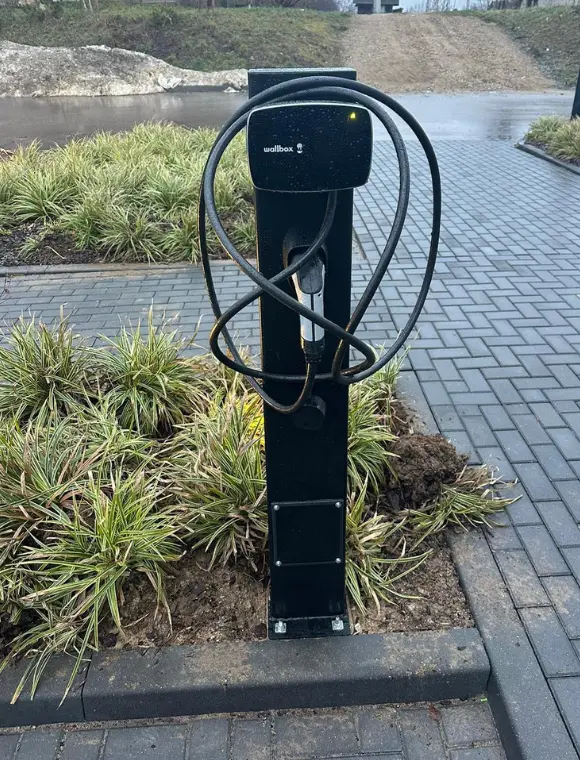
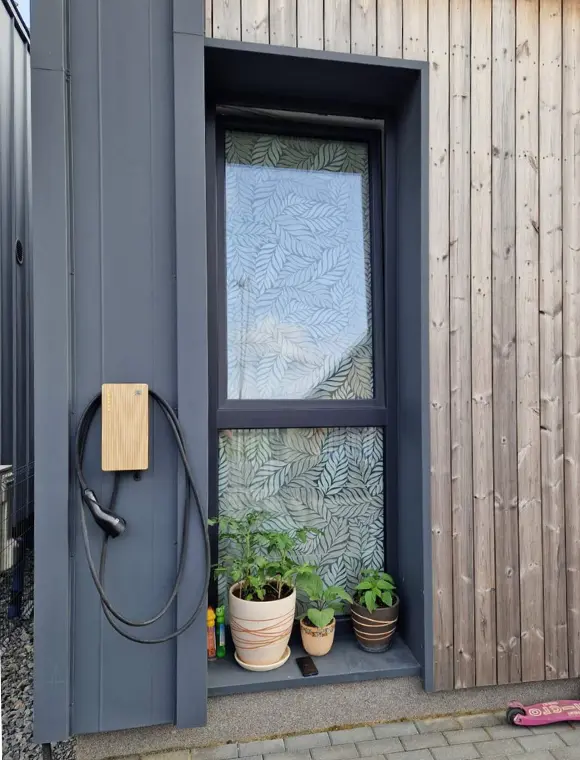
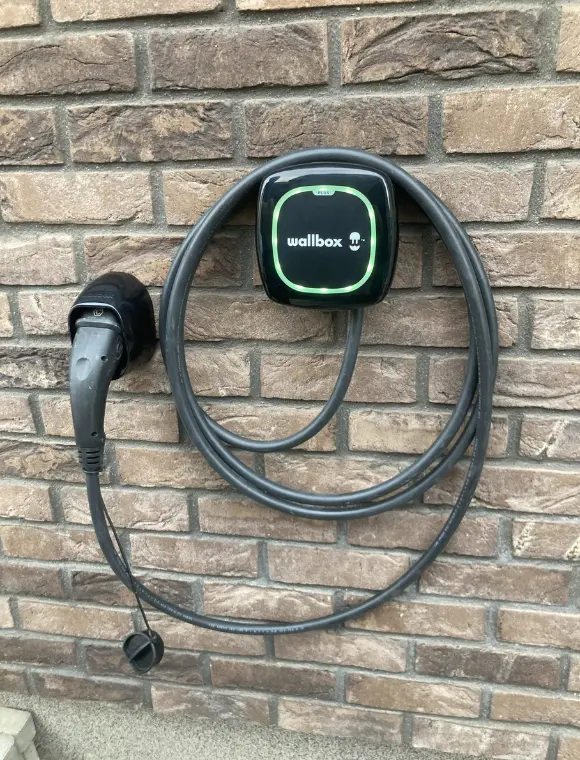
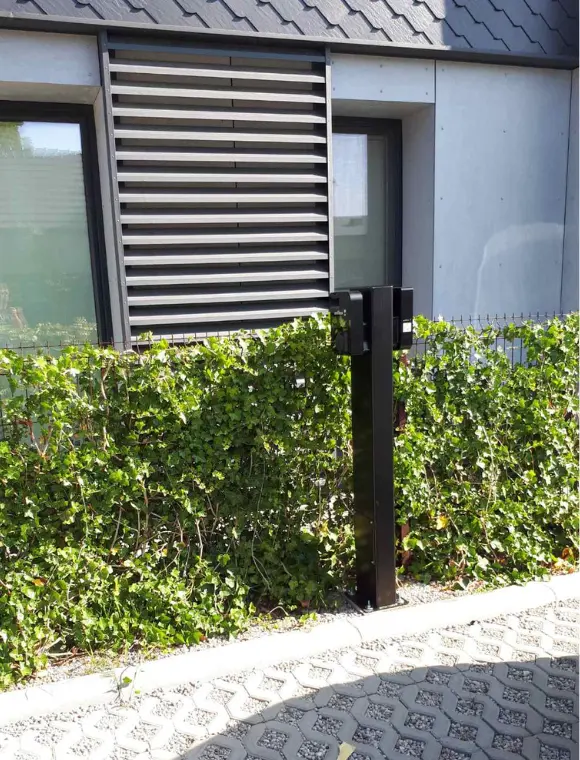

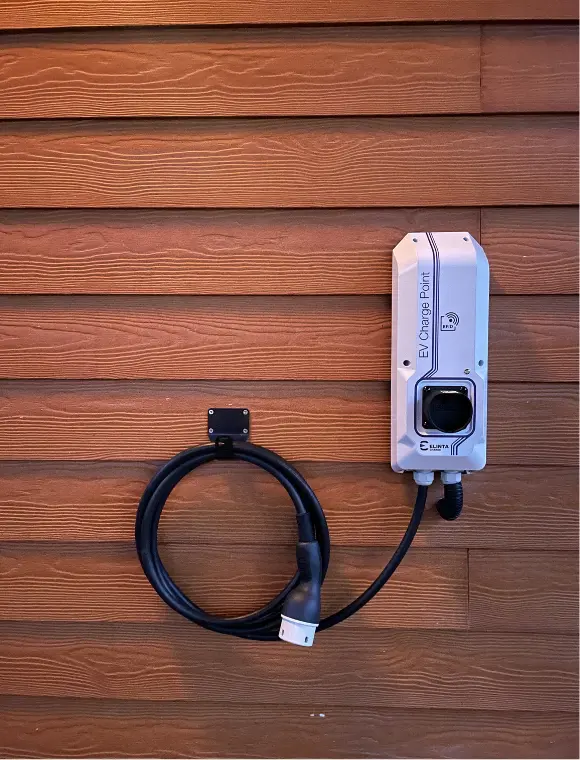
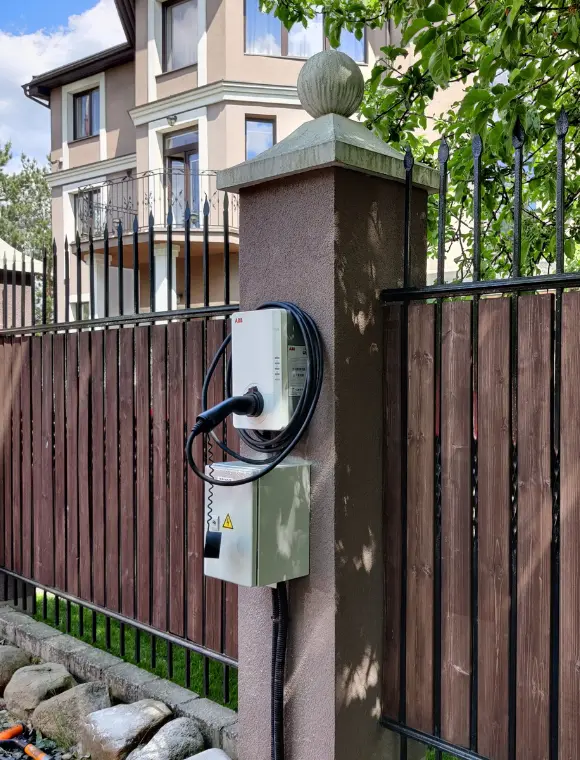

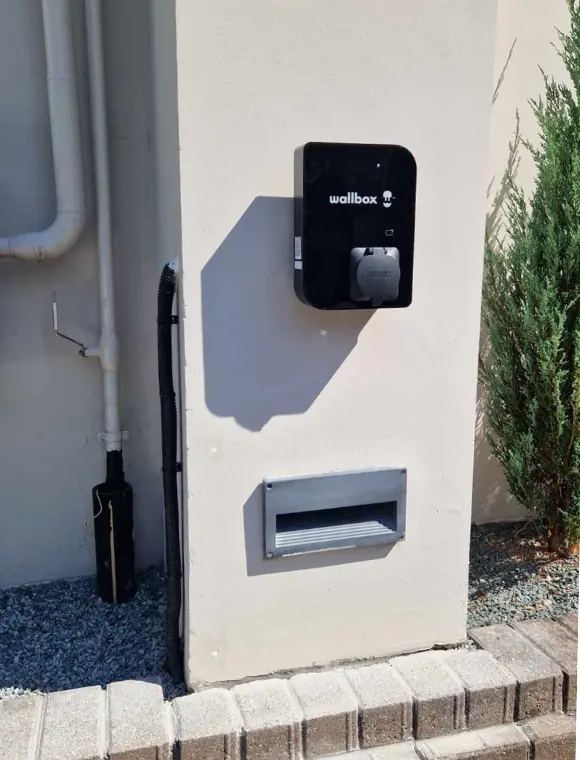
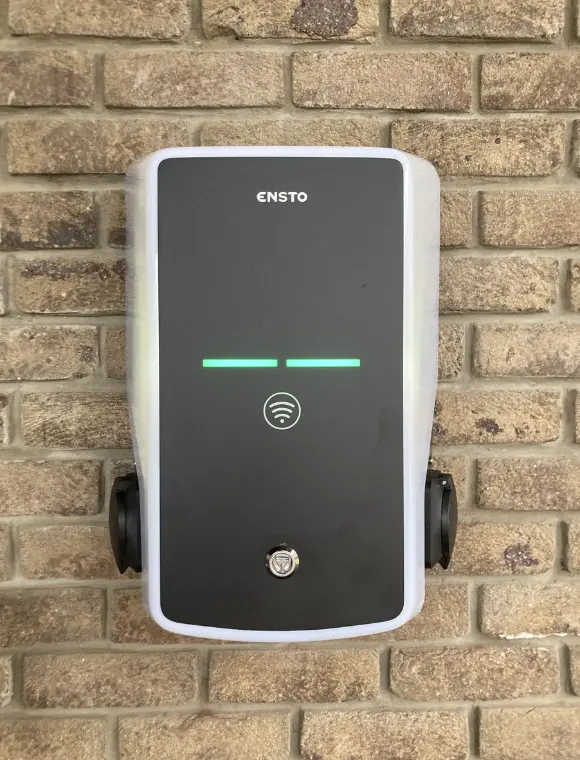
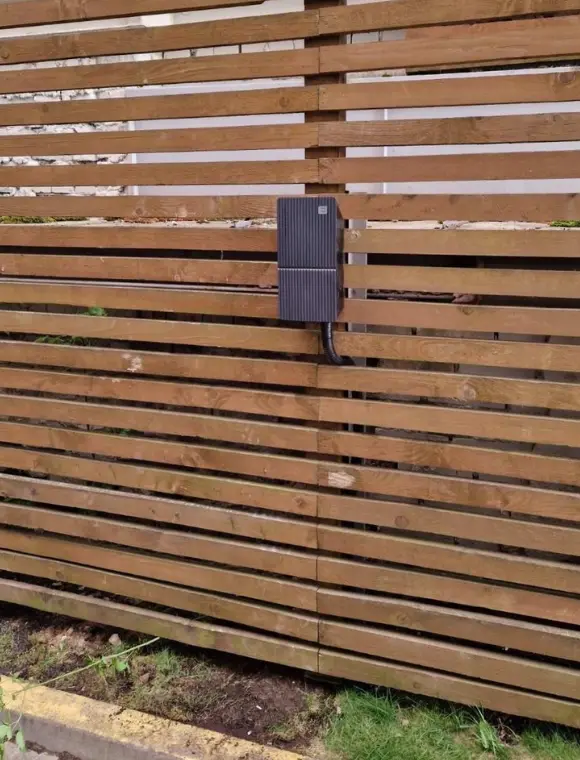

The state finances the charging stations and their installation costs.
Yes, but it is not safe as a permanent solution for charging an electric car. The household socket is not designed for prolonged charging and may not be protected against leakage of alternating current or be able to withstand the load and may be damaged (melting, catching fire, causing faults in the mains). The safest way to charge an electric car is with a charging station.
If you have no other way to charge your electric car, change the maximum current to 10 A (2.3 kW) in the car’s settings or on the portable charger. Even safer, 6 A (1.4 kW) or 8 A (1.85 kW). This way, your electric car will charge slowly but safely.
You can mechanically install the charging station yourself (attach it to the wall), but to connect it to the mains, you should have it installed by a certified professional who can ensure that the installation is carried out in accordance with the requirements for the installation of electrical equipment and the applicable safety standards. The specialist should also provide a guarantee for the installation work. An improperly installed charging station can endanger both you and your property.
Currently not valid.
Individuals: in individual houses, cottages, gardens, apartment blocks or on a plot of land (private parking space).
Legal persons: at their workplace, in an apartment building or on the grounds of an apartment building, on or in a lighting pole (support) adjacent to an apartment building.
The payback time depends on the cost of the station, installation costs, electricity tariffs, frequency of use and cost savings (charging at public stations).
For example, if a charging station with installation costs around €2,000 and using a home station instead of public charging stations saves around 10 cents per kilowatt hour, you could save several hundred euros a year (depending on how much you use your electric car). For example, if you save €500 a year, a bus stop can pay for itself in 4 years. The average payback period can vary from 2 to 5 years, depending on the factors mentioned above.
We give you at least 24 months’ warranty on your equipment. after the date of installation, but longer periods are possible (depending on the product). We give you 12 months for installation work. warranty after the date of installation.
The required power input is determined by the parameters of the electric vehicle and the station. First, check the maximum AC charging power (Charge Power) here that the electric car can accept. Some EVs can charge up to a maximum of 7.4 kW (single-phase), while others can charge up to 11 kW or 22 kW (three-phase). A charging station is selected based on the parameters of the electric car. AC charging stations for home use have a power range from 3.7 kW to 22 kW.
For example:
If you need a 22 kW charging station and your home electricity supply is 10 kW, you will need to increase the power supply to make full use of the charging station. In this case, you should contact ESO for advice on the possibility of increasing the input power.
If the input power is the same as the planned charging station, it is advisable to install a dynamic power controller at the same time to ensure an uninterrupted power supply.
We use cookies to ensure that our website runs smoothly and to provide you with the most relevant content. You can choose which cookies you accept.